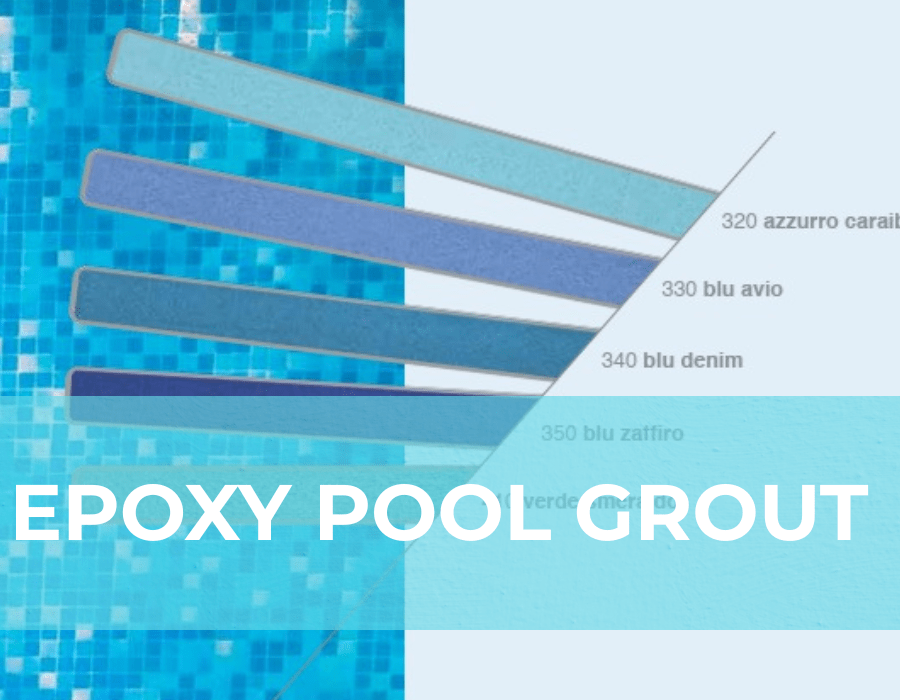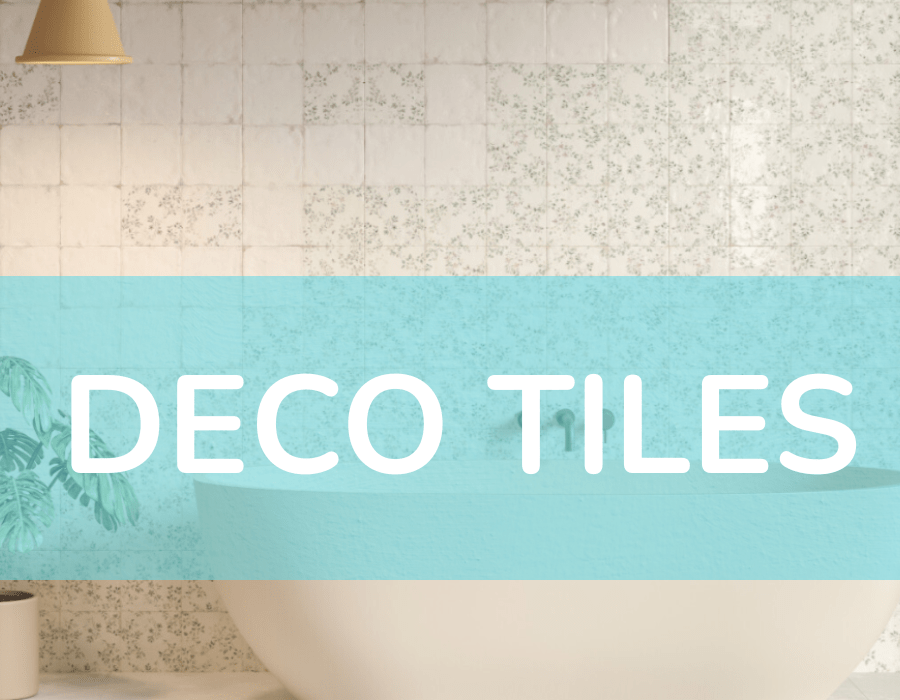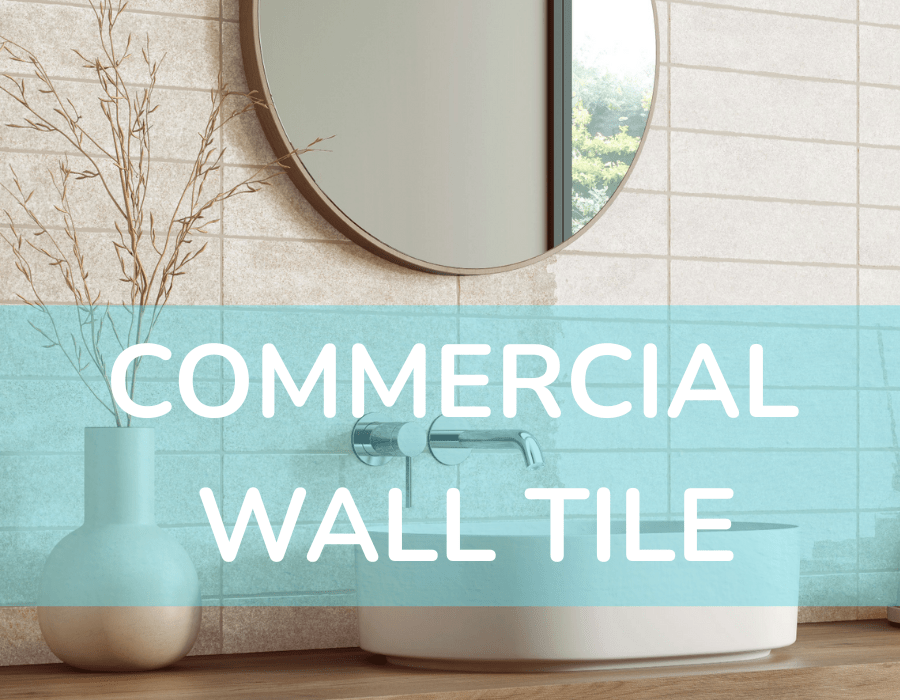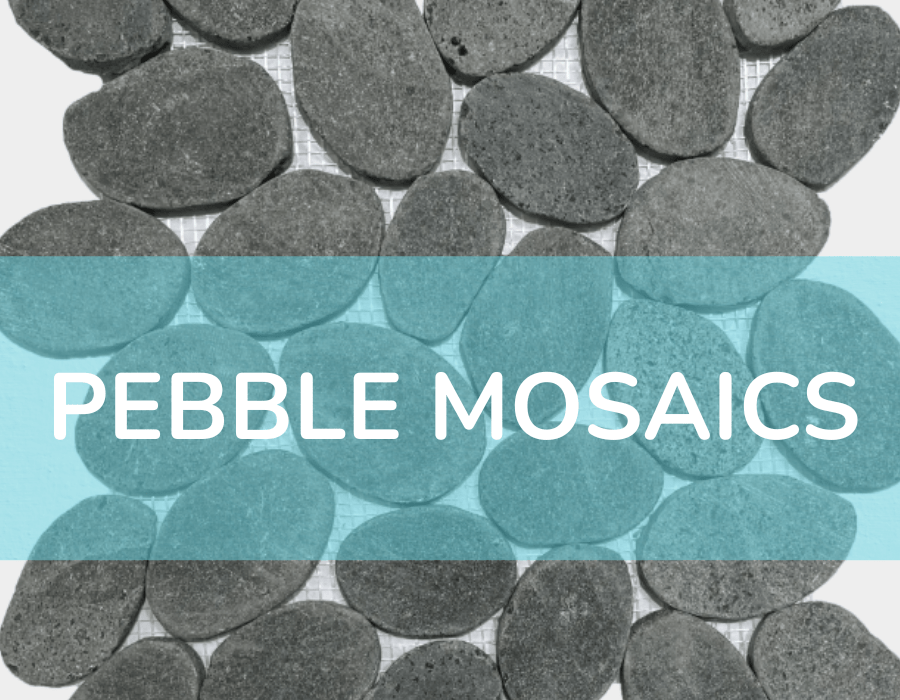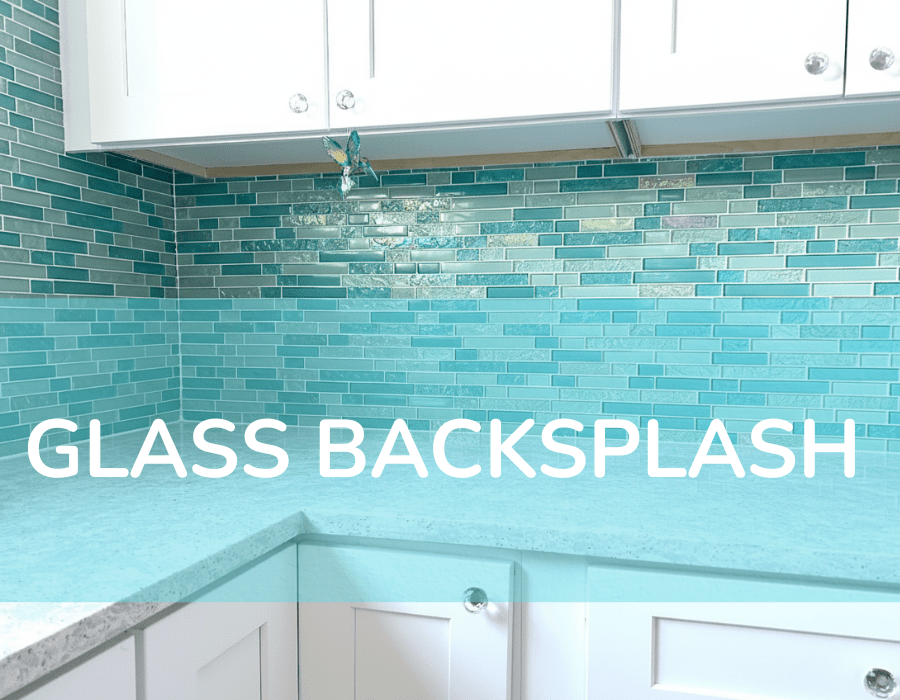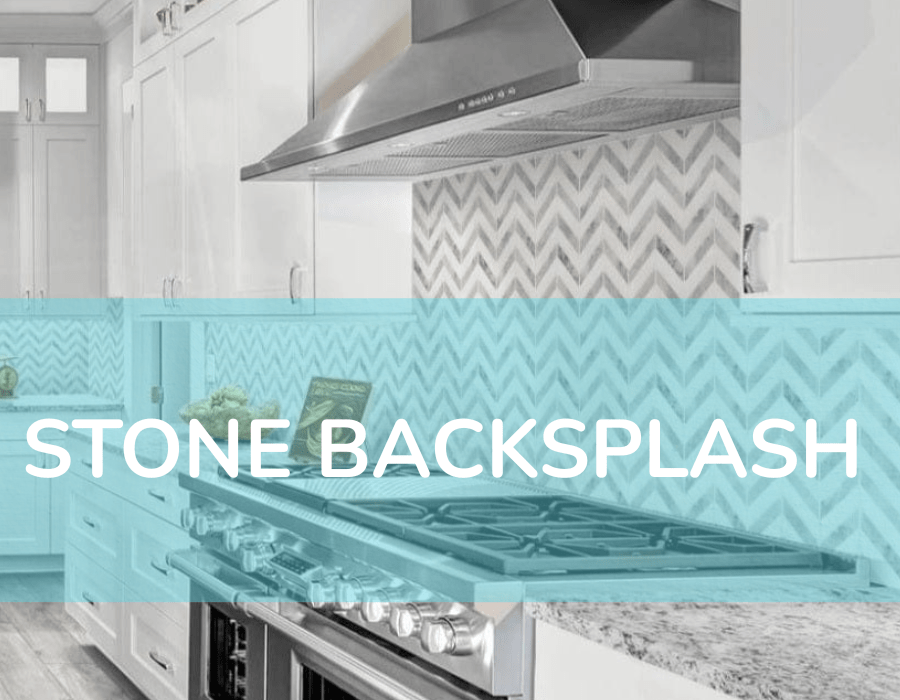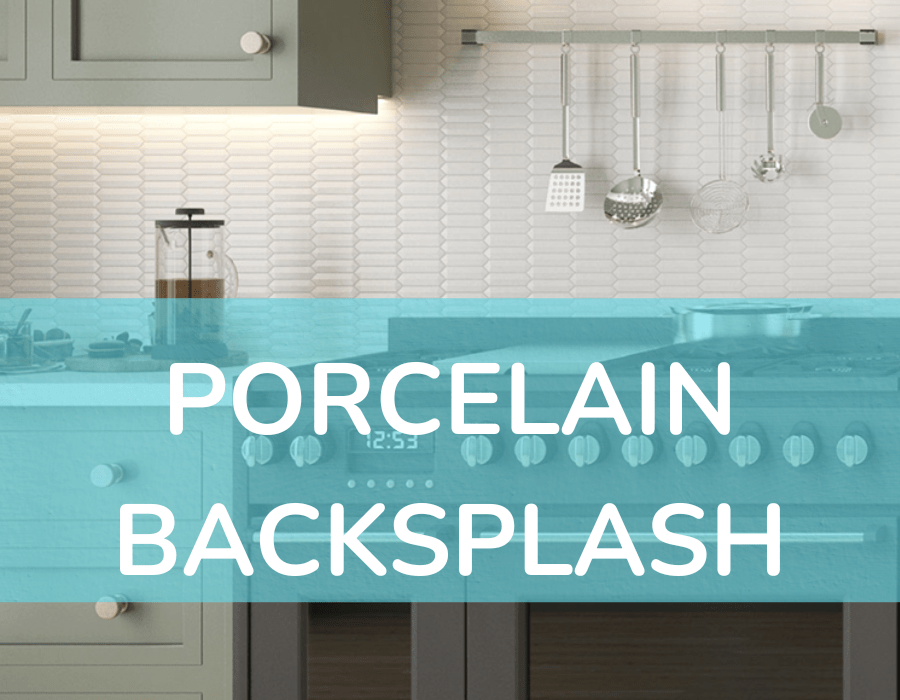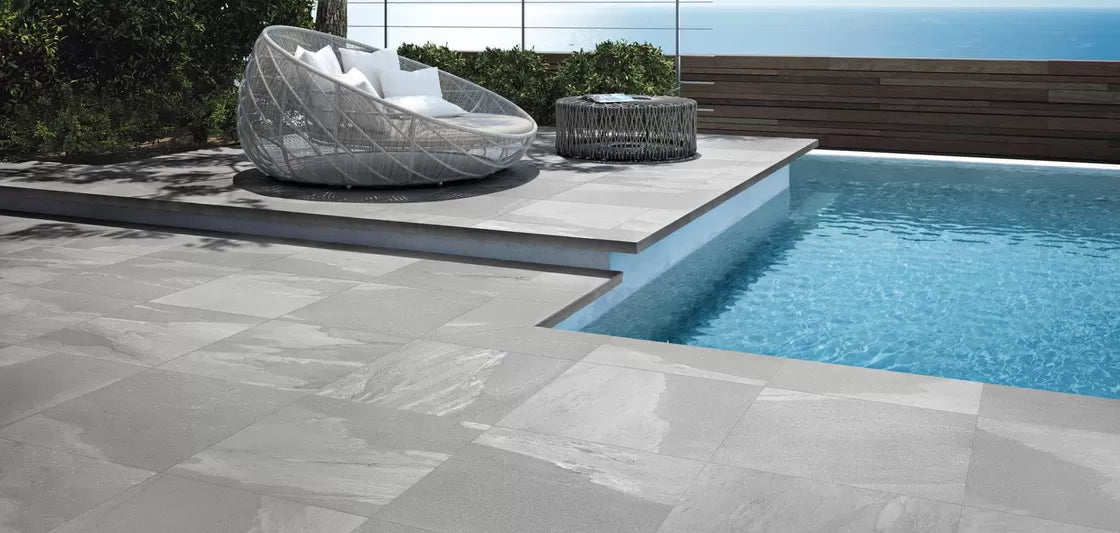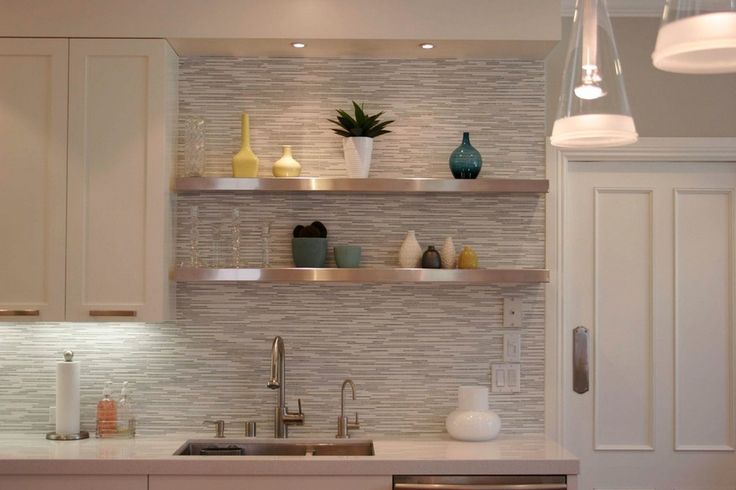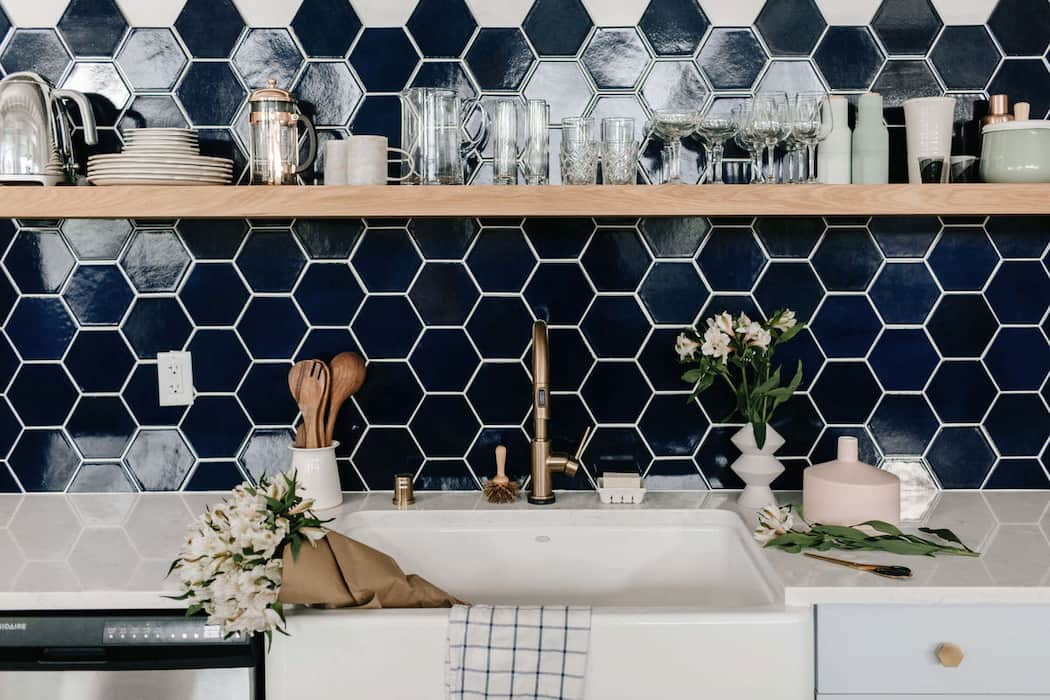
Embrace Biodegradable Kitchen Tiles: The Future of Backsplashes
The kitchen is the prominent corner of every house. A beautiful and well-decorated kitchen increases the value and beauty of any home. Homeowners use beautiful Kitchen Tiles and backsplashes to make it alluring and appealing.
The market has so many options nowadays in tiles and decoration of kitchen space. Recently biodegradable kitchen stuff has been getting trendy quite rapidly. They are as beautiful as traditional tiles but less harmful to the environment.

But how can a tile be harmful to the environment?
Tiles can harm the environment because their production often uses energy and natural resources. Making tiles involves mining for materials like clay, and then heating them in big ovens called kilns. This process releases carbon dioxide, a gas that contributes to climate change.
Plus, when tiles are thrown away, they don't break down quickly, taking up space in landfills for a long time. So, while tiles might look pretty in our homes, their creation, and disposal can be tough on our planet.
To save our planet and try to give something back, we can use biodegradable kitchen tiles and decorations.
What Are The Factors You Must Consider Before Installing Biodegradable Kitchen Tiles?
Biodegradable Kitchen Tiles are an emerging trend, primarily driven by the move toward more sustainable and eco-friendly construction and home design. The concept is to develop tiles that can decompose or break down once discarded rather than persist for years in landfills or the environment.
Here are some points to ponder if you're considering biodegradable tiles for your kitchen or any other space.
1. Material
Traditional tiles are made from ceramics, porcelain, or stone, which are not biodegradable.
Biodegradable tiles can be made from materials like:
Bamboo
Cork
Recycled paper or cardboard treated with natural resins
Certain types of natural composites
2. Durability
While biodegradable materials are more environmentally friendly, they might not be as durable as traditional tile materials. Consider the expected lifespan of the tiles and the wear and tear they will experience.
3. Water Resistance
The kitchen is a space where tiles can get wet frequently. Choosing biodegradable tiles that are treated or made to resist water damage is essential.
4. Maintenance
Depending on the material, these tiles may require different care or maintenance than traditional tiles. For example, they might be more prone to staining or need regular sealing.
5. Cost
Biodegradable tiles might have a higher upfront cost due to their specialized production processes. However, their environmental benefits could justify the cost for many homeowners.
6. Lifespan of Tiles
Biodegradable tiles may not have a longer life than traditional Kitchen Wall Tiles. Even if tiles are biodegradable, they will not decompose if they end up in a landfill without access to the necessary conditions (e.g., oxygen, microbes). Understanding how to properly dispose of them is crucial to ensure they break down as intended.
7. Aesthetic Appeal
Many biodegradable tiles come in unique designs and textures, which can add a distinct look to your kitchen. Using unique raw materials like paper or cardboard can create many designs that cannot be made with traditional materials like marble or stone.
8. Production & Sourcing
Research where and how the tiles are made. Are the materials sustainably sourced? Is the production process environmentally friendly? A product's environmental impact extends beyond its ability to biodegrade.
9. Certifications
Look for certifications or ratings that indicate the tile's environmental impact, sustainability, and other factors. Biodegradable tiles are not available in traditional stores, so it is advisable to take an authentication certificate for proof and future wear and tear maintenance.
10. Other Alternatives
If biodegradable tiles don't suit your needs, consider other sustainable options. Reclaimed or recycled tiles, for example, give old materials new life and reduce demand for new resources.
While biodegradable Kitchen Backsplash Tile can be an excellent choice for eco-conscious homeowners, it's essential to thoroughly research and understand their benefits, limitations, and the broader context in which they're produced and used.
Biodegradable Tile Types You Can Find In Market
Biodegradable kitchen tiles are a step towards sustainable home design, and a few types are made from different eco-friendly materials.
Here's a list of some types of biodegradable tiles.
Bamboo Tiles: Bamboo is a renewable resource that grows faster than trees. Tiles made from bamboo can be stylish, durable, and eco-friendly.
Cork Tiles: Created from the bark of the cork oak tree, these tiles are sustainable since the tree isn't cut down to harvest the bark. They're also naturally resistant to microbes, making them hygienic for kitchen spaces.
Linoleum Tiles: While often confused with vinyl, genuine linoleum is extracted from natural materials like linseed oil, rosin, and cork dust. It's biodegradable and offers a vintage look that can be pretty charming.
Recycled Paper Tiles: These tiles are made from recycled paper and natural resins. They're compressed to form durable tiles with various finishes and looks.
Bio-Glass Tiles: These are made from 100% recycled glass with no added chemicals or additives. They are translucent, offering a unique aesthetic for backsplashes or other kitchen applications.
Natural Composite Tiles: Made from a mix of organic materials, these tiles might include combinations of straw, natural resins, and other plant-based components. Such material is also used to mimic Stone Backsplash Kitchen styles.
Reclaimed Wood Tiles: While not strictly biodegradable like bamboo or cork, reclaimed wood tiles reuse old wood, giving it a second life and reducing the demand for new timber.
Recycled Clay or Ceramic Tiles: Some manufacturers have started producing tiles using leftover or recycled clay and ceramics, minimizing waste and reducing the environmental impact.
Thus, embracing biodegradable Kitchen Tiles is more than a trend. It's a movement towards a sustainable future. Every decision counts as we look for ways to minimize our impact on the planet. The next time you think of remodeling or building your dream kitchen, consider the beauty and benefits of biodegradable backsplashes.
Tiles and Deco are offering their eco-friendly and sustainable tile options as their new collection. Visit the website to get the sample at your doorstep now.
FAQs
What material can create the most eco-friendly kitchen backsplash tile?
Paper and cardboard are the most eco-friendly raw materials for tiles. These are recyclable and leave way less carbon footprint on Earth.
What are the limitations of biodegradable kitchen wall tiles?
Biodegradable tiles are less water resistant and come with higher cost and maintenance. But to sustain the planet and environment, these limitations may not affect homeowners.
Is stone a good choice for a kitchen backsplash?
The Stone Backsplash Kitchen is excellent for appearance and durability. They can boost your home's value and have a timeless look. Plus, there are many styles and colors to fit any kitchen.




